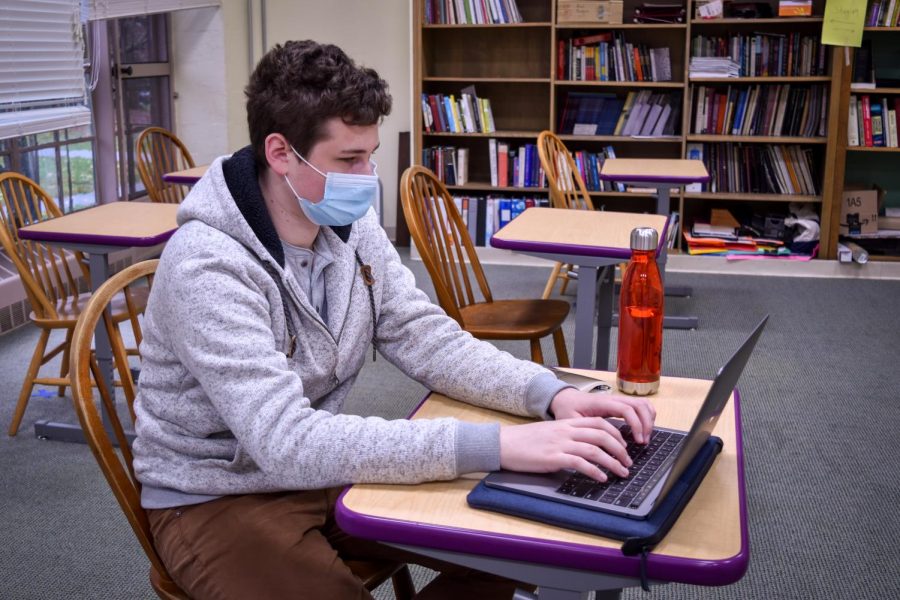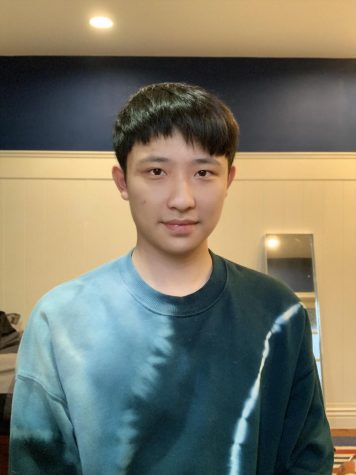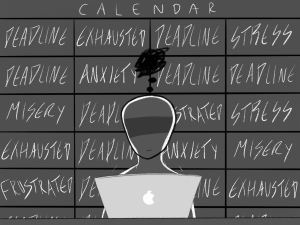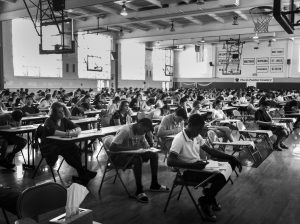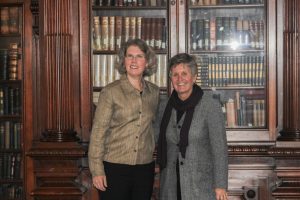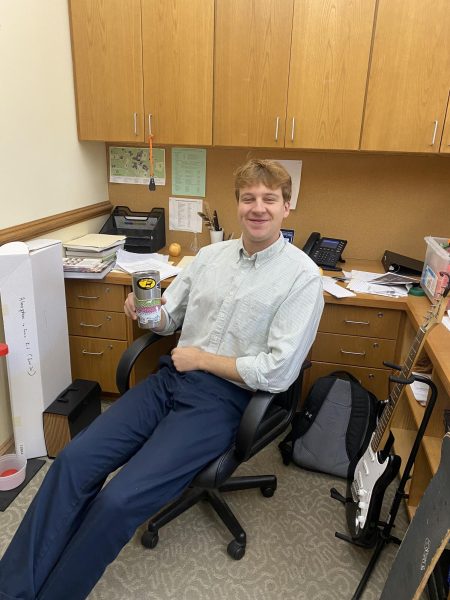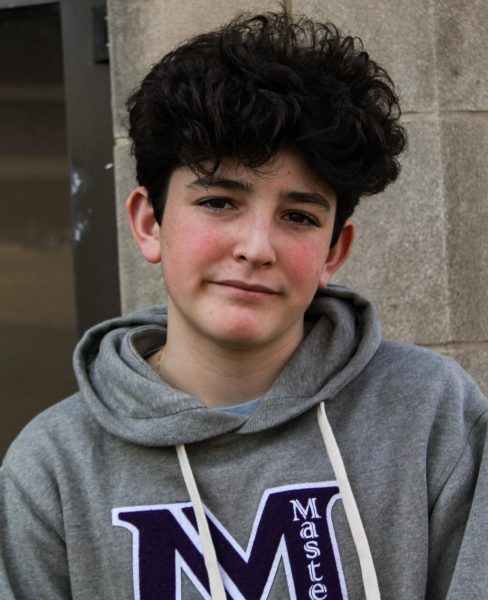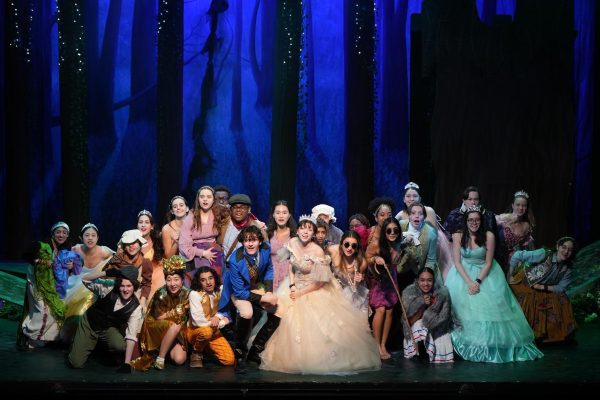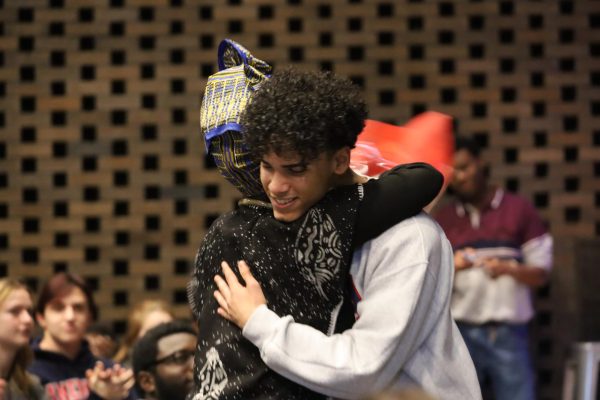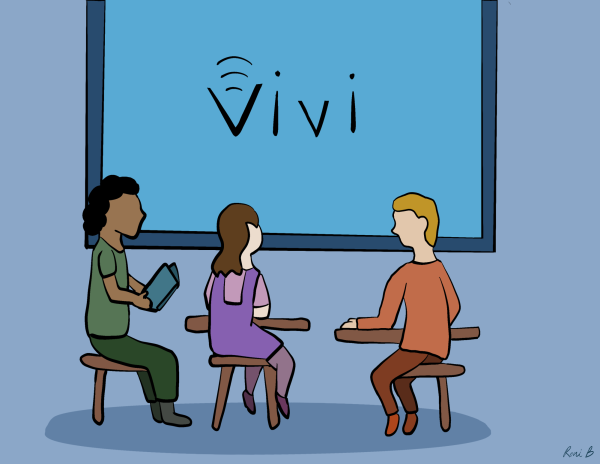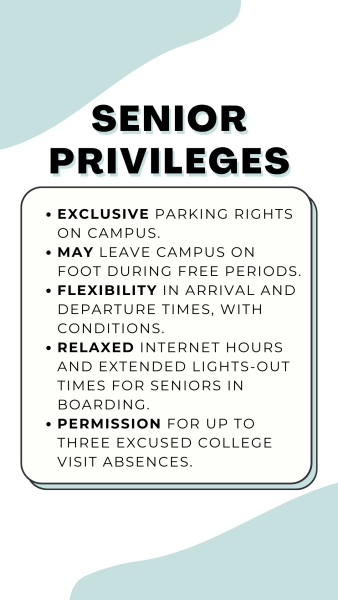Students navigate challenges of no-tour college process
Russell Wohl reviewing his college application in the final stretches of his Early Admission college application process.
November 18, 2020
As college application deadlines loom, seniors are busy sending off their final edits to their Early Admission Schools. However, with limited opportunity for physical interaction on college campuses, many seniors are struggling to ensure that their top choices will be a good fit.
Most colleges have changed their rubrics for admission due to the many limitations from COVID-19. Not only are many colleges making the SATs or ACTs optional, but most colleges have also closed their campuses to visitors. And yet, campus visits still are a crucial part of the college application process for many prospective students.
According to Director of College Counseling Adam Gimple, there are two reasons for college visits: to see the school’s campus and to attend an informational session. Through these visits, students not only familiarize themselves with the campus but also have a taste of the student experience. However, because of COVID-19 and students not being able to visit in-person, many colleges have transitioned their information session online to remote platforms. According to senior Caio Lanes, mid-pandemic campus tours can be best described as “Google Maps tours.”
Lanes, having not been on any in-person campus tours, said, “What I wished for a real college tour was to understand what it feels like to be in that atmosphere… with the [new] style of college tours, you don’t really learn anything.”
On the other hand, senior Ryan Thompson had participated in five college campus tours before COVID-19. “Those were a lot more helpful [than the virtual tours] because I got to see what the communities were like and how the energy was like.”
Gimple spoke on the advice he had given to students in previous years, without COVID-19, when going on campus tours. “When you walk around the college campus, see how many people make eye contact with you and how many people smile when they see you,” he said.
Due to COVID-19, colleges are scrambling to fill the void left by the absence of campus tours, but solutions from colleges are limited. Some colleges with smaller applicant pools have made their admission staff available for one-on-one conversations about campus lives with prospective students. Others have set up webinars with interactive activities, such as Q&A sessions. Many are doing collaborative work–multiple colleges with similar characteristics host a Zoom talk to provide access for students to be more engaged with the schools.
Furthermore, to overcome this obstacle, Thompson has gotten in touch with undergraduate students of several colleges to get a deeper understanding of the school, “I can get more information on what it is like to be on campus, and I’ll ask questions like ‘what are your favorite things to do on and off campus?’”
Gimple has a unique approach to helping students choose colleges. “When students are developing their criteria in understanding what they like about [colleges], we attempt to ensure that they have a sound, articulate reason for why they like those places.”
More often than not, students meet with Gimple to discuss their college choices but aren’t able to say why they want to apply to that specific college. He explained, “If a student isn’t able to give me a really comprehensive, articulate rationale, we have a conversation about that because at the end of the day, if you can’t articulate to me about why you want to be at a certain school, how are you going to convey that to the school themselves?”
To compensate for the lack of opportunity to get to know their colleges this year, seniors are looking for alternatives, including meeting with their college counselors for advice. Gimple said, “All things considered, the seniors are doing a really good job. The applications our students are producing are of the best quality; everything is looking the way you would want it to, regardless of whether we’re in a pandemic or not.”




